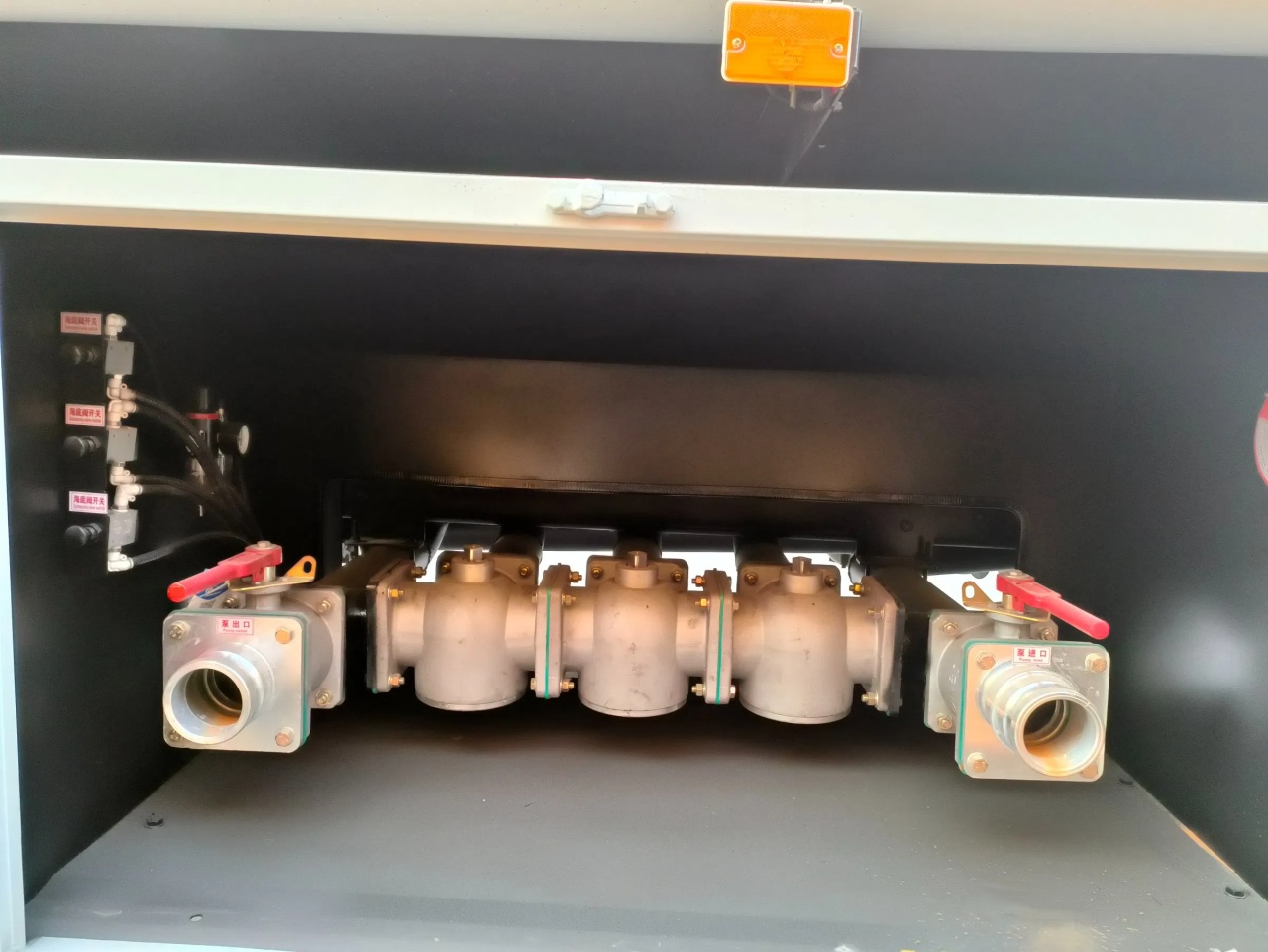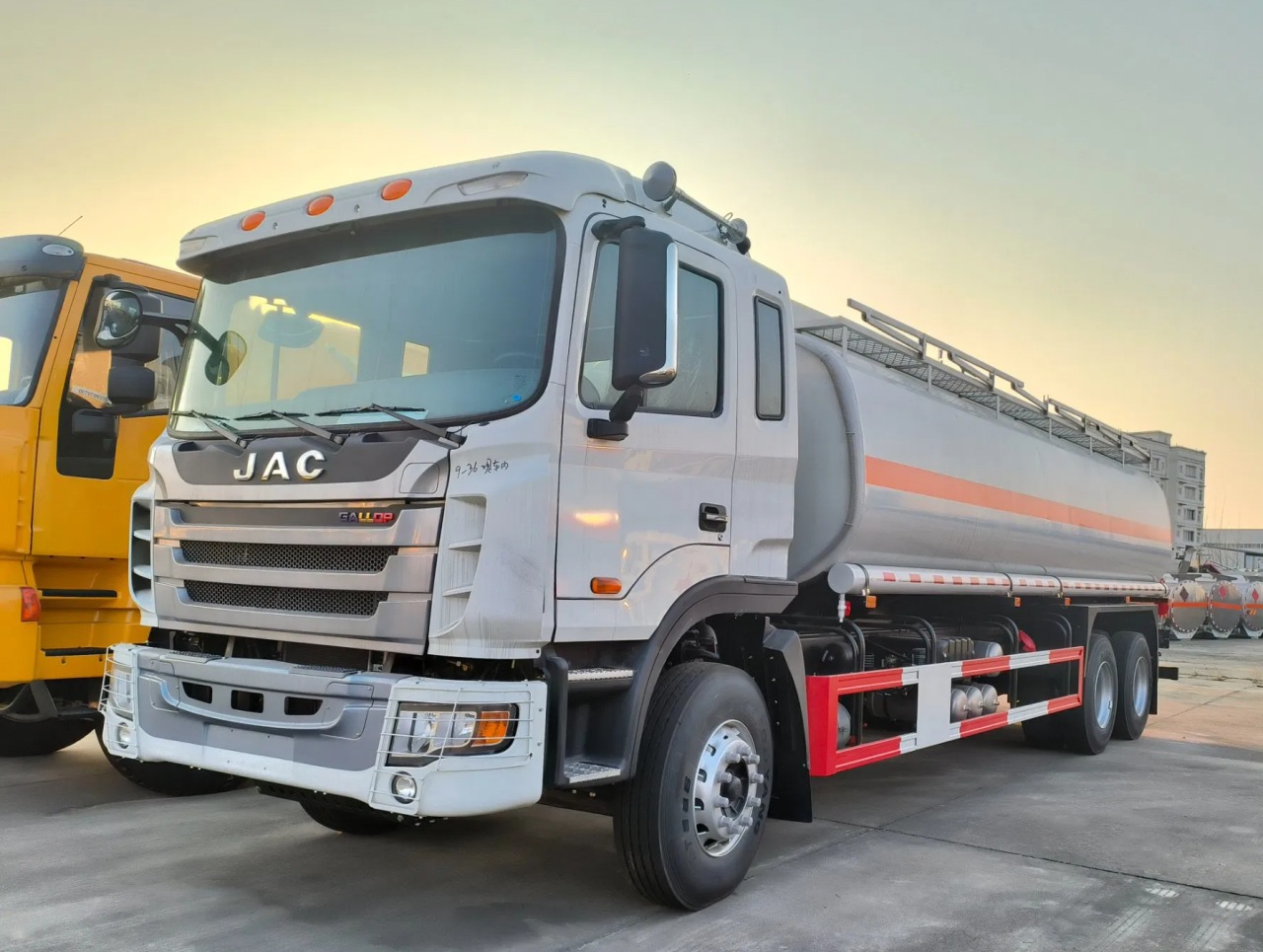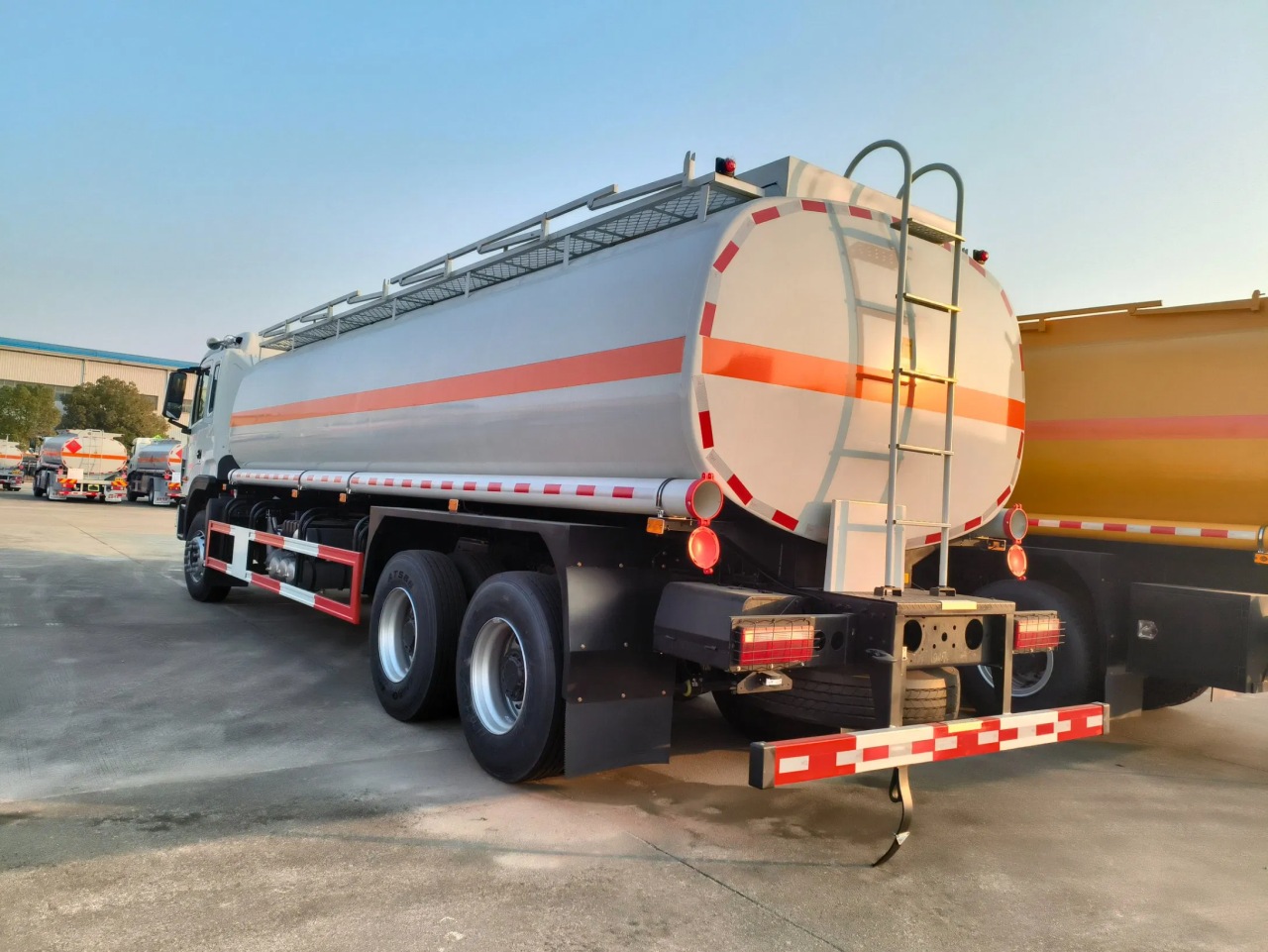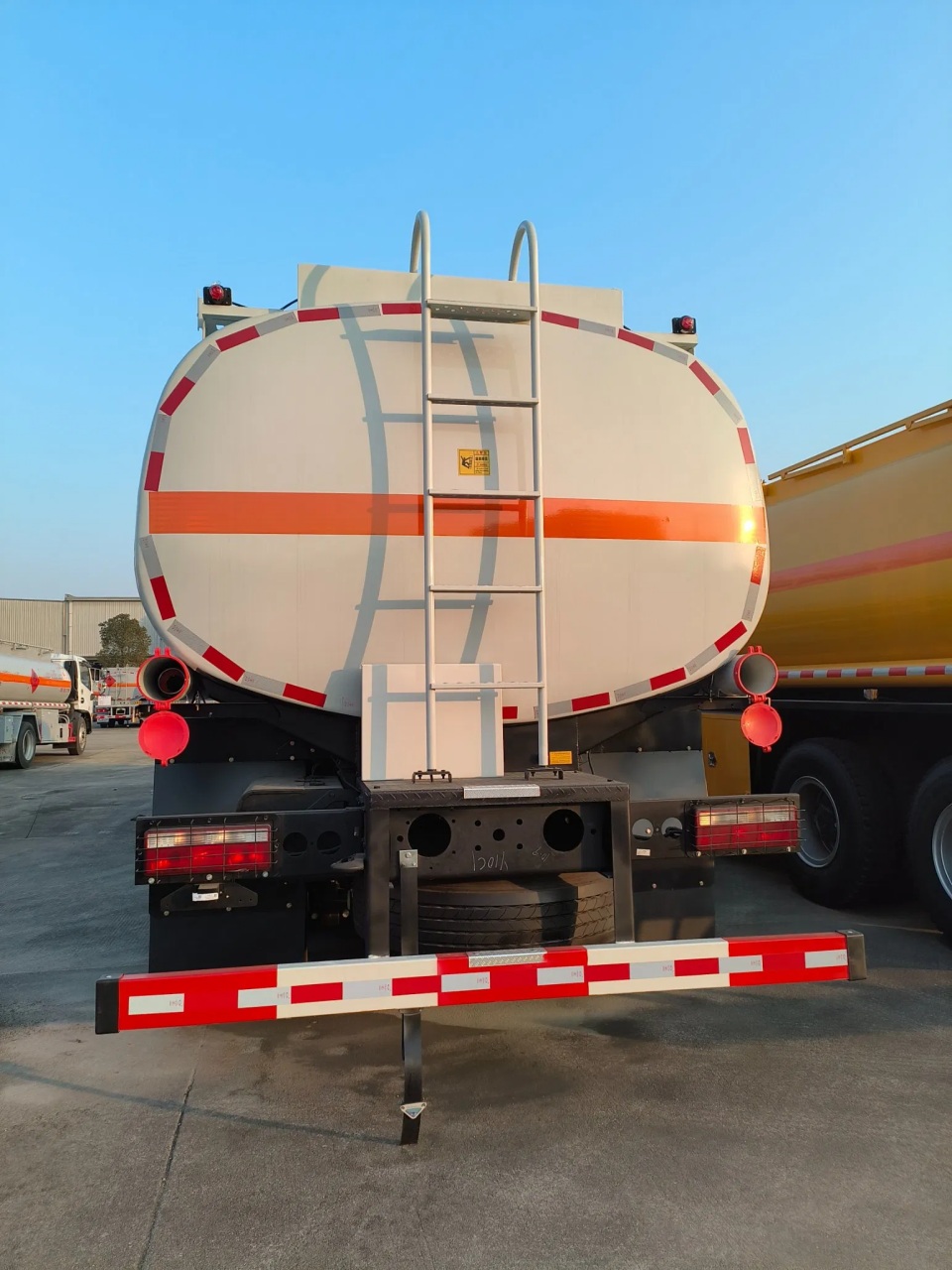An oil bowser is a specialized vehicle or container designed to store, transport, and dispense oil and other petroleum-based products. It is critical in various industries, including construction, mining, agriculture, aviation, logistics, and defense. Its main function is to ensure that oil, often in the form of diesel, lubricating oil, or aviation fuel, is safely and efficiently delivered to equipment and machinery operating in the field or remote locations.
In its most common form, an oil bowser is mounted on a truck chassis, making it a mobile unit capable of delivering fuel directly to equipment or stationary tanks. However, oil bowsers also come in trailer-mounted or skid-mounted configurations, depending on the application and transportation needs.
Components of an Oil Bowser
Oil bowsers are engineered with precision and designed for rugged use. While configurations may vary based on the intended use and local regulations, most oil bowsers typically include the following key components:
- Tank:
The tank is the main body of the bowser where the oil is stored. It is usually made of high-grade steel or aluminum and designed with baffles to prevent sloshing during movement. Tanks are often cylindrical and can be divided into compartments for transporting different types of oils simultaneously. - Pump System:
A pump system is used to transfer oil from the bowser to the target equipment or storage tank. Depending on the viscosity of the oil and the desired flow rate, the bowser may be equipped with either a gear pump, a vane pump, or a centrifugal pump. These can be hydraulically powered, pneumatically, or electrically. - Hoses and Reels:
Oil bowsers are fitted with hoses and reels to facilitate efficient dispensing. These are designed to handle oil and resist wear, pressure, and high temperatures. Reels allow for easy extension and retraction, ensuring safety and convenience during operation. - Flow Meters:
For accurate dispensing and monitoring, oil bowsers typically include digital or mechanical flow meters. These help track the volume of oil dispensed and ensure that the correct amount is delivered. - Dispensing Nozzles:
The nozzle is the endpoint of oil delivery. These can be manual or automatic and are designed to control flow and prevent spills. - Safety Equipment:
Given the flammable and hazardous nature of oil, bowsers are equipped with fire extinguishers, grounding wires, emergency shut-off valves, and sometimes flame arresters to prevent explosions.
Types of Oil Bowsers
Oil bowsers can be classified based on their design and mobility:
- Truck-Mounted Oil Bowsers:
These are the most common types and are used for on-road or off-road fuel delivery. They are ideal for mobile refueling operations and are often seen at construction sites, farms, and mining operations. - Trailer-Mounted Oil Bowsers:
These are towed by a vehicle and are useful for sites that require temporary or semi-permanent refueling stations. They are often used in agriculture and small-scale operations. - Skid-Mounted Oil Bowsers:
These units are fixed onto a skid frame and are usually stationary. They are often used in industrial settings or as a backup fuel storage solution. - Aviation Fuel Bowsers:
Specifically designed for transporting and dispensing aviation fuels like Jet A-1 or Avgas, these bowsers are used at airports and helipads. They comply with strict aviation fueling standards and safety protocols.
Applications of Oil Bowsers
Oil bowsers serve a wide array of functions across industries:
- Construction and Mining:
Heavy machinery such as excavators, bulldozers, and cranes requires a constant supply of fuel and lubricants. Oil bowsers provide on-site refueling, reducing equipment downtime and enhancing productivity. - Agriculture:
Tractors, harvesters, and irrigation pumps operate in large fields, often far from fuel stations. Mobile bowsers ensure these machines are efficiently fueled in the field. - Aviation:
Aviation bowsers are essential for refueling aircraft quickly and safely on the tarmac. They enable operations at smaller airports and remote airstrips that lack permanent fueling infrastructure. - Military and Defense:
In military operations, mobility is key. Oil bowsers are critical for logistical support, ensuring that vehicles, tanks, and generators are always ready for action. - Logistics and Transportation:
Oil bowsers support fleet management by delivering fuel directly to depots or parked vehicles, especially in regions with limited fuel infrastructure.
Safety and Regulatory Considerations
Due to the hazardous nature of petroleum products, the operation of oil bowsers is subject to stringent safety standards and regulations. These include:
- Tank Certification:
Tanks must comply with national and international standards for pressure, corrosion resistance, and leak prevention. Examples include ADR (European Agreement concerning the International Carriage of Dangerous Goods by Road) and DOT (Department of Transportation in the U.S.). - Operator Training:
Operators must be trained in handling flammable liquids, spill containment, and emergency procedures. - Environmental Protection:
Oil spills can have devastating environmental impacts. Oil bowsers are equipped with spill kits and drip trays to mitigate risks. In many countries, environmental authorities require regular inspections and licensing. - Fire Safety:
Fire extinguishers, flame arresters, and grounding wires help prevent ignition from static electricity or sparks.
Advantages of Using Oil Bowsers
- Mobility:
Oil bowsers bring the fuel to the equipment, reducing the need for the equipment to be moved to a fueling station. - Efficiency:
On-site refueling minimizes downtime and streamlines operations. - Versatility:
They can be used in varied terrain and weather conditions, especially with off-road capable designs. - Cost Savings:
Bulk fuel delivery via bowsers often reduces the cost per liter of fuel compared to retail fuel stations. - Improved Logistics:
Bowsers help maintain a steady supply of fuel even in remote or infrastructure-poor environments.
Conclusion
An oil bowser is much more than a mobile fuel tank—it is a vital tool that supports critical industries by enabling reliable, efficient, and safe fuel distribution. Its applications range from refueling heavy machinery at construction sites to supplying jet fuel at remote airstrips. By offering mobility and convenience, oil bowsers reduce operational disruptions and enhance productivity.
As global demand for energy and mobility continues to rise, the role of oil bowsers remains essential, especially in locations where traditional fuel infrastructure is lacking or where operational efficiency is paramount. Whether in a bustling urban development project or a remote mining camp, oil bowsers keep the wheels of industry turning.





